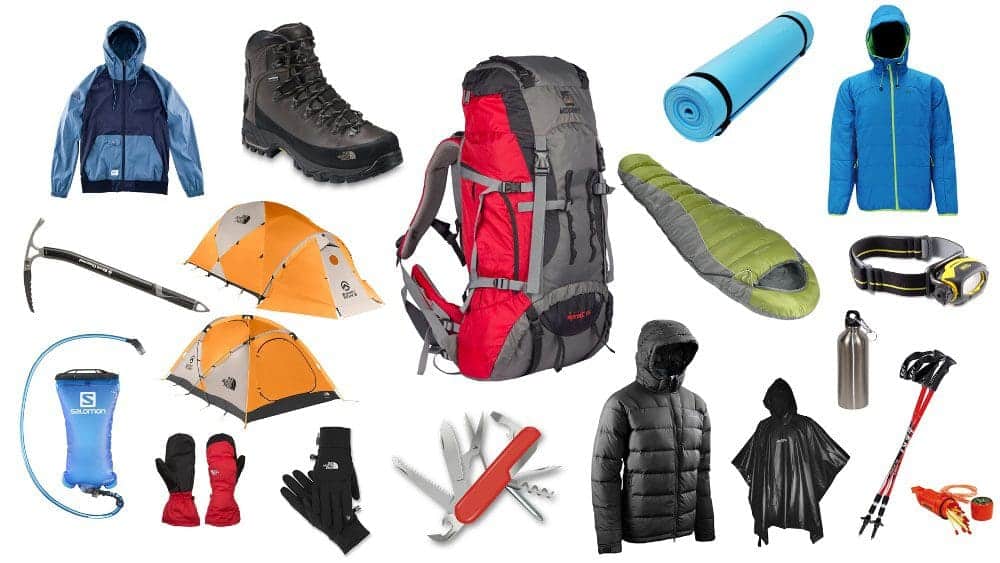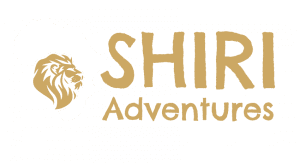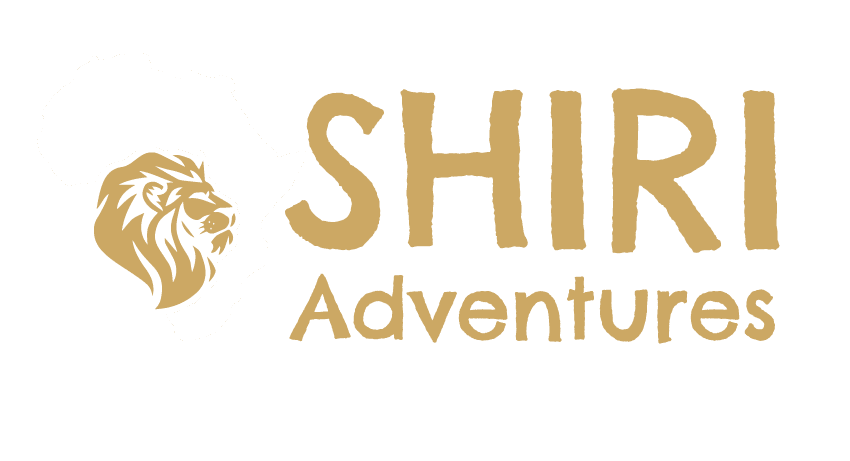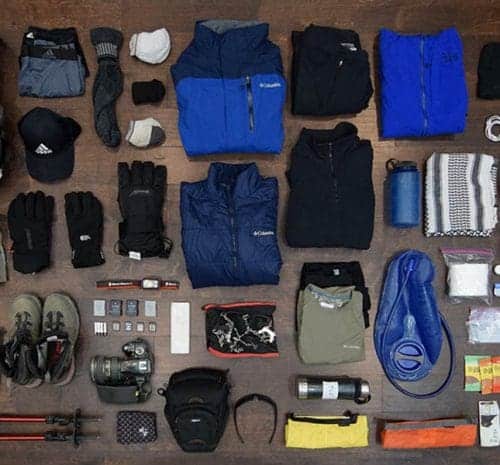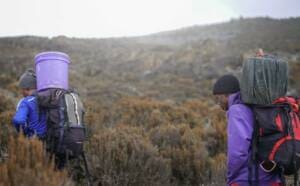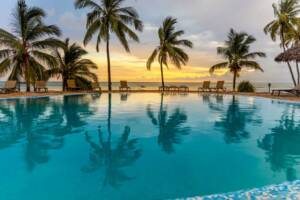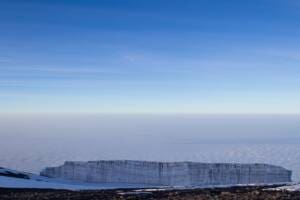The Complete Kilimanjaro Packing List
Kilimanjaro Packing List In order to be safe and comfortable throughout your Mount Kilimanjaro climb, you’ll need to bring important gear and supplies with you. We have put together a comprehensive Kilimanjaro packing list to help you prepare for your climb.
Trekking Kilimanjaro involves five main climate zones, from the warm, humid forest and lower slopes to the bitterly cold summit zone, with glaciers, ice, and snow. You need to be prepared for all Kilimanjaro weather conditions: sunny, windy, and rainy.
We provide tents, camp equipment, food, cooking facilities, and other shared items.
You’ll have a duffel bag with all your kit, carried by the porters, and carry your own daypack during the trekking day.
Kilimanjaro Packing List
Our Kilimanjaro packing list is split into a number of key sections as follows.
- Clothing
- Headgear
- Gloves & Walking Gear
- Footwear
- Bags
- Sleeping Gear
- Accessories
Buying vs Renting
Typically you get two types of trekkers on Kilimanjaro. Those who are unprepared and under-equipped, and those who have spent an arm and leg on equipment that they will unlikely use during their hike.
In this Kilimanjaro packing list, we hope to provide a happy medium between the two,
covering all mandatory equipment that you should purchase in preparation for your
adventure.
If you happen to forget a few things, you can usually hire them from your tour company or buy from the various hawkers outside the route gates.
Kilimanjaro Packing List
Here is a quick list of all the gear that you need to pack for your Kilimanjaro trek. We’ve
included links to our personal recommendations.
Clothing
- 4-5 Pairs of underwear
- Top and bottom base layer – such as Icebreaker (Women) or Smart Wool (Men)
- 3-4 Short sleeve and 1-2 long sleeve trekking shirts
- 1-2 Pairs of hiking trousers
- 1 Fleece jacket – such as Helly Hansen (Men) or The North Face (Women)
- 1 Insulated winter jacket – such as Arc’Teryx Atom (Men) or North Face Nuptse
(Women) - 1 Insulated trekking trousers
- 1 Hard-shell jacket – such as North Face Resolve (Men) and North Face Venture 2
(Women) - Lightweight raingear
Headgear
- Sun hat, ideally with a neck cover
- Warm beanie or fleece headband
- Bandana or neck gaiter
- Headlamp
- Sunglasses
Hands and Walking
- Lightweight inner gloves
- Warm outer gloves/mitts
- Adjustable trekking poles
Footwear
- Mid-weight hiking boots
- Camp trainers (Men) / Trekking sandals (Women)
- 4-5 Pairs of trekking socks
- 1 Pair of warm/thick trekking socks
Bags and Daypack
- 80-90L Waterproof duffle bag – such as North Face Base Camp
- 20-30L Daypack – such as Osprey Talon 22
- Daypack rain cover
- Travel bag organizers (optional)
Sleeping Accessories
- 4-Season sleeping bag – such as Marmot Trestles or Hyke & Byke Unisex
- Insulated sleeping mat
- Inflatable pillow (optional)
General Accessories
- Large volume water bottle or hydration bladder –
- Water Purification Tablets
- Baby wipes
- Sweat-resistant sun cream
- Blister plasters
- Insect repellant
- General medications (Paracetamol, Imodium)
- Pee bottle (optional)
Technology
- Camera
- GoPro (optional)
- Solar Backpack
- Charger (optional)
- Spare batteries and camera memory card
- Kindle with backlight (optional)
Other Bits and Bobs
- Energy bars
- Energy drink supplement
- Ziplock bags for important possessions (passport, money, phone, etc.)
- Trekking towel
- Toiletries, including one roll of toilet paper
- Passport, visa, insurance, yellow fever card (if applicable)
- Small lock for your duffle bag
Medical Supplies
Our guides carry a comprehensive medical kit, but you’ll need to bring a few things for minor scrapes and blisters. We recommend speaking to your doctor or healthcare professional before you travel if you are in any doubt what to bring.
Personal first-aid Kit
- Blister plasters – different shapes and sizes
- Antibiotic cream or ointment
- Band-Aid/Elastoplast for minor cuts and scrapes
- Ibuprofen/Paracetamol – over the counter pain relief
- Skin healing ointment such as Aquaphor
- Immodium for diarrhea
- Anti-nausea medication
- Any prescription medications
- Diamox (if using)
Top Tips for Preparing your Kilimanjaro Packing list
- Get started ahead of time. Don’t leave it to the last minute. Identify what’s on the
list that you don’t already own, and find deals and sales from REI, Amazon, Moose
jaw and Backcountry. Steep & Cheap is another good site where you can get last
year’s clothing at a good discount - Practice packing and unpacking your duffel bag and your daypack – knowing where
everything goes can be very helpful on those cold mornings when you struggle to get going. - Practice hiking with your boots, poles and your daypack. Experiment with taking your daypack on and off and adjusting it to fit with different clothing layer combinations
- Keep in mind what you will be doing before and after your climb, you’ll be able to leave excess luggage at the hotel while you climb.
- Don’t be too shy to ask us! Get in touch with any questions you have and one of our friendly and experienced team members will be happy to help you.
Extra tip
Don’t forget your travel documents. You’ll need your passport and visa, travel insurance, any vaccinations and your yellow fever certificate (if you are transiting through a yellow fever zone).
Check with your doctor about malaria’s recommended immunizations.
Note that, as of 2019, Tanzania has banned all single-use plastic bags. So don’t bring any Ziploc or other plastic bags of any description.
